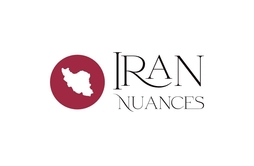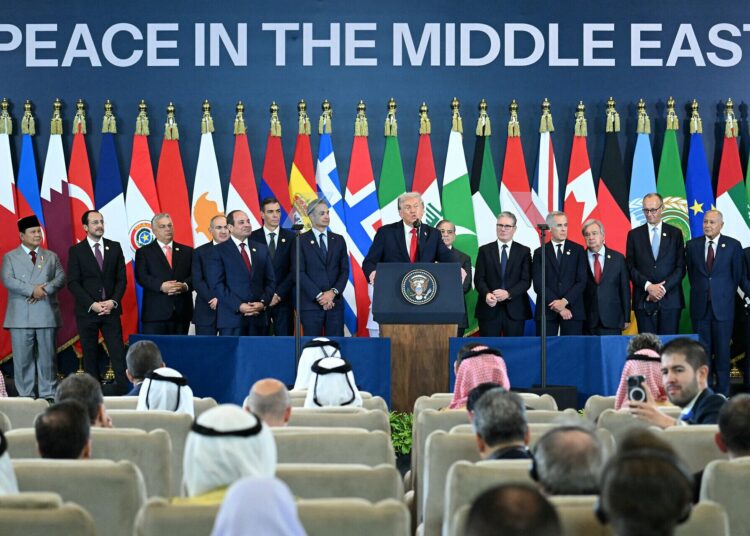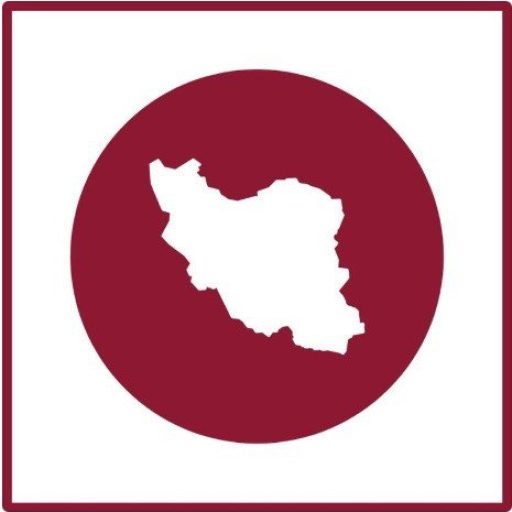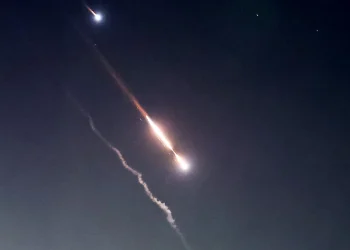If you want to understand the Middle East, you sometimes have to leave the marbled halls of diplomacy and get into a taxi. I was reminded of this fundamental truth just the other day in Tehran. The city was gridlocked, a perfect metaphor for the region’s politics, and the driver, a man named Reza, was listening to the news. When the Sharm El-Sheikh summit came up, I leaned forward and asked him a simple question: “Should Iran be there?”
Reza, a man whose weary eyes have seen more of life’s realities than most foreign policy experts, just glanced at me in the rearview mirror. “Bro,” he began, “imagine someone, along with his friends, slaps and beats you in public, for all to see. Then, with no apology, he invites you to dinner. Do you go? If you do, you’re blessing the slap. And that’s before you even start worrying if the food is poisoned. No, the smart move is to stay home. You keep your dignity, and you avoid the poison. Not going is the clever play. It shows you’re not a fool to be hit again.”
Reza’s street-level wisdom perfectly distilled the strategy that unfolded in Tehran. In the hyper-connected, flattened world of 21st-century geopolitics, we often assume that presence is power and that showing up is half the battle. But Iran’s decision to leave its chair empty at Sharm El-Sheikh demonstrated a counter-intuitive but increasingly vital principle of modern statecraft: sometimes, the most powerful statement is absence. The best deal is the one you refuse to make.
What looked to some like a missed opportunity was, in fact, a deeply calculated maneuver. It was a move that not only sidestepped a carefully laid diplomatic trap but also challenged the very premise of the gathering, sending a powerful signal across the regional and global chessboard. To understand why Iran’s empty chair was more significant than a full one, you have to unpack the architecture of the summit itself.
The Summit as Spectacle: A Stage for a One-Man Show
Let’s be clear: the Sharm El-Sheikh summit was not a negotiation; it was a production. It was a piece of political theater directed by and starring Donald J. Trump, and its plot could be summarized as: “Trump belittled the world leaders, and the world leaders applauded Trump.” In the Trumpian worldview, the globe isn’t a complex, multi-layered sphere of competing interests; it’s a flat, green golf course where every problem is just a hole to be won. He went to Egypt not to solve a generations-old conflict, but to generate a primetime special for his domestic audience and base – another chapter in “The Art of the Deal,” hopefully with a dream Nobel Prize as a prop.
The most telling evidence was a photograph. It wasn’t a picture of peers, but a portrait of a hierarchy. Leader after leader stood passively behind Trump, hands clasped, like an audience or, worse, a backdrop. That single image broadcasted the summit’s true nature: a power play where partners were reduced to set dressing. Iran’s deliberate absence from this tableau of subordination was perhaps an important victory. Tehran was offered a role in the play – that of the “defeated villain,” present to legitimize the hero’s triumph. It wisely declined the part.
3D Chess in a 2D World
While Trump was playing checkers, Tehran was playing three-dimensional chess. The Iranians looked at the board and saw a checkmate scenario in the making. The script was obvious: a summit designed to culminate in a public humiliation. The plan, as understood in Tehran, involved a declaration of the “end of the Axis of Resistance” with an Iranian representative forced to sit and listen, followed by a historic photo-op with Israeli Prime Minister Netanyahu who would show up in case Iranian official were there. This could have been a picture that would be forever framed as Iran’s “surrender.”
In this production, Netanyahu was more than a guest star; he was the behind-the-scenes co-director. For Iran to attend would be to tacitly accept the premise of the play: that an independent Iranian foreign policy was over, and that it must now concede to the “supremacy” of its most implacable foe.
Certainly, in the harsh calculus of international relations, nations sometimes endure tactical humiliations to secure a larger strategic prize. But here, the humiliation was guaranteed, and the prize was non-existent. The ledger showed only certain loss. Trump’s invitation was akin to a boxer, gloves still on, inviting you to dinner to “reconcile” after he’s just beaten you in the ring, with his friends judging the meal. You don’t go. Iran’s calculated no-show was the perfect counterpunch – it defused the entire setup.
The Platform Matters: A New Market for Dignity
Iran’s absence was not passivity; it was an active measure designed to delegitimize the entire process. In the great global “Bazaar,” or marketplace, of the 21st century, every diplomatic move affects a nation’s brand value. Iran’s decision sent several unmistakable price signals to the market:
- Iran is Not a Prop: It will not play a supporting role in a drama written by and for others. Its sovereignty is not for sale, nor is it available for rent as a backdrop.
- Dignity is a Strategic Asset: When faced with a choice between a humiliating photo-op and preserving national honor, Iran demonstrated that dignity is a non-negotiable currency.
- Credibility with Allies: The move was a powerful broadcast to its allies across the “Axis of Resistance.” It signaled steadfastness and reliability, enhancing its brand equity in a region where trust is the scarcest commodity.
What some critics labeled a “squandered opportunity” was, in reality, an exercise in “opportunity creation.” By staying away, Iran denied its adversaries the opportunity for a propaganda victory. It created, instead, an opportunity to reinforce its own narrative as an independent power that defines its own terms of engagement.
In a world increasingly seduced by simplistic, tweet-length solutions to deeply complex problems, Iran’s move was a powerful pause. It was a statement that real peace is not manufactured in a glittering conference hall; it is forged through substantive policy shifts in Washington and Tel Aviv. Until that happens, Iran’s chair at such spectacles will remain pointedly empty, while its place on the intricate chessboard of the Middle East may have just become more powerful.






